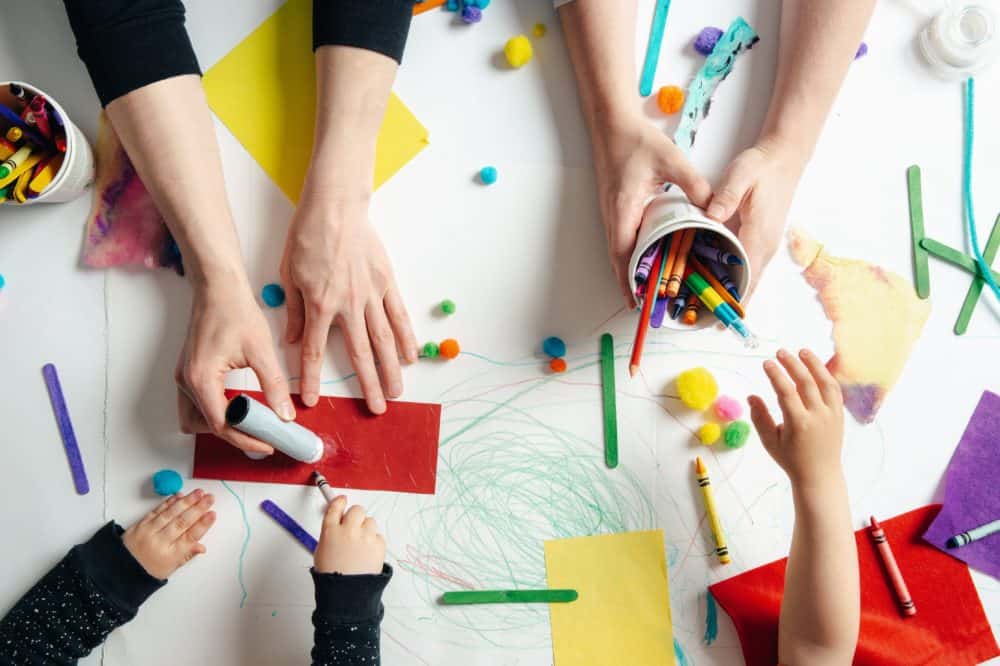
Are you a therapist or caregiver searching for effective techniques to implement art therapy for children? Look no further.
This article presents 12 proven techniques that will help you create an ideal setting, understand the child's artistic language, select suitable projects, guide them with patience, and respect confidentiality.
We also explore how to integrate music, outdoor activities, and follow-up activities for optimal results.
Gain the knowledge and practical advice you need to empower children through the transformative power of art therapy.
Art Therapy Materials Preparation
Regularly preparing art therapy materials is essential for facilitating effective therapy sessions with children. Art therapy techniques rely heavily on the use of therapeutic art supplies to create a safe and nurturing environment for children to express themselves creatively.
When preparing these materials, it is important to consider the specific needs and preferences of each child. This can include selecting a variety of art mediums such as paints, markers, clay, or collage materials. Additionally, providing a range of tools such as brushes, scissors, or stencils can enhance a child's artistic experience.
Organizing and maintaining a well-stocked art therapy supply closet ensures that therapists can easily access the necessary materials for each session, allowing for a seamless flow of creativity and expression.
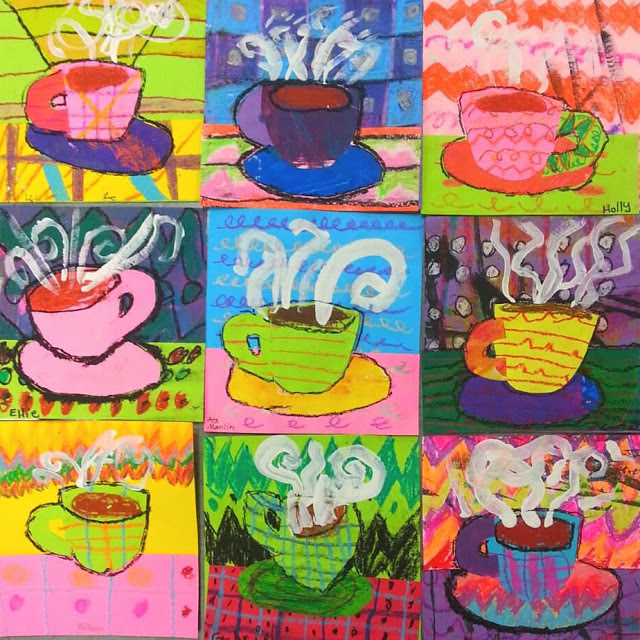
Creating an Ideal Setting for Art Therapy Sessions
To facilitate effective art therapy sessions with children, it is important to create an ideal setting that promotes a sense of safety, comfort, and creativity. Creating a calming environment is essential to help children feel at ease and open to expressing themselves through art. This can be achieved by using soft lighting, soothing colors, and comfortable seating. Additionally, consider incorporating elements of nature, such as plants or natural materials, to create a peaceful atmosphere.
It is also crucial to set therapeutic goals for each session. These goals should be individualized and tailored to the specific needs and interests of the child. By setting goals, you can guide the art therapy process and help the child work towards personal growth and healing.
Understanding the Child's Artistic Language
Understanding the child's artistic language is crucial for art therapists to effectively interpret and respond to the expressive visual cues and symbols used by children in their artwork. By gaining insight into the child's artistic development and learning how to interpret their visual cues, art therapists can better understand the child's thoughts, emotions, and experiences. This understanding allows art therapists to create a safe and supportive environment for the child, where they can freely express themselves through art.
To help you understand the child's artistic language, here are three key points to consider:
Pay attention to the use of color: Colors can convey different emotions and moods. Notice the child's color choices and how they are applied in their artwork. This can provide valuable insights into their emotional state.
Look for recurring symbols: Children often use symbols to represent their thoughts and experiences. Pay attention to any recurring symbols in their artwork, as these can hold significant meaning for the child.
Consider the overall composition: The arrangement of elements in the artwork can offer insights into the child's sense of balance, organization, and perspective. Take note of how the child arranges their artwork and the relationships between different elements.

Selecting Suitable Art Projects for Therapy
A key aspect of implementing art therapy for children effectively is to carefully select suitable art projects that cater to their individual needs and therapeutic goals.
When choosing art projects for sensory integration, it is important to consider activities that engage the senses and promote exploration. For example, using different textures, colors, and materials can help children develop their sensory skills and enhance their self-expression.
Incorporating mindfulness into art therapy projects is also beneficial, as it encourages children to be present in the moment, fostering relaxation and self-awareness. Mindful art projects can include activities such as guided drawing or painting, where children focus on their breath and observe their thoughts and emotions without judgment.
Patiently Guiding the Child Through the Artistic Process
During the art therapy session, art therapists patiently guide the child through the artistic process, offering support and encouragement as needed. This guidance is essential in helping the child establish an emotional connection with their artwork and facilitating their therapeutic journey.
Here are three therapeutic techniques that art therapists employ to effectively guide children through the artistic process:
Active listening: Art therapists attentively listen to the child's thoughts, feelings, and concerns expressed through their artwork. They provide a safe space for the child to openly express themselves without judgment or criticism.
Reflective questioning: Through thoughtful questioning, art therapists help children explore the deeper meaning behind their artwork. By guiding them to reflect on their artistic choices, emotions, and experiences, therapists encourage self-discovery and insight.

Validation and interpretation: Art therapists validate the child's emotions and experiences, acknowledging their unique perspective. They help the child make connections between their artwork and their inner world, fostering a sense of understanding and self-acceptance.
With these therapeutic techniques, art therapists skillfully guide children through the artistic process, allowing them to express themselves freely and uncover their own healing potential.
Capturing and Documenting the Creative Process
Two important steps in implementing art therapy for children effectively are capturing and documenting the creative process. Documenting the process allows therapists to gain insight into the child's thoughts, emotions, and experiences. It serves as a tangible record of their therapeutic progress and provides a platform for reflection and further exploration.
By capturing the creative process through photographs, videos, or written descriptions, therapists can better understand the child's artistic expressions and the underlying meaning behind their artwork. This documentation not only helps track the child's growth and development over time but also enables therapists to tailor their interventions and adapt treatment plans accordingly.
Ultimately, documenting the creative process in art therapy for children is a valuable tool that enhances therapeutic outcomes and empowers both the child and therapist in their journey towards healing and self-discovery.
Interpreting the Child's Artwork
Interpreting a child's artwork is a crucial aspect of art therapy. It allows the therapist to gain insight into the child's internal world. By understanding the symbolic meanings embedded in the artwork, the therapist can help the child explore and express their emotions in a safe and non-verbal way.
However, it is important for the therapist to approach interpretation with sensitivity and caution. They play a supportive role in guiding the child towards self-discovery rather than imposing their own interpretations.
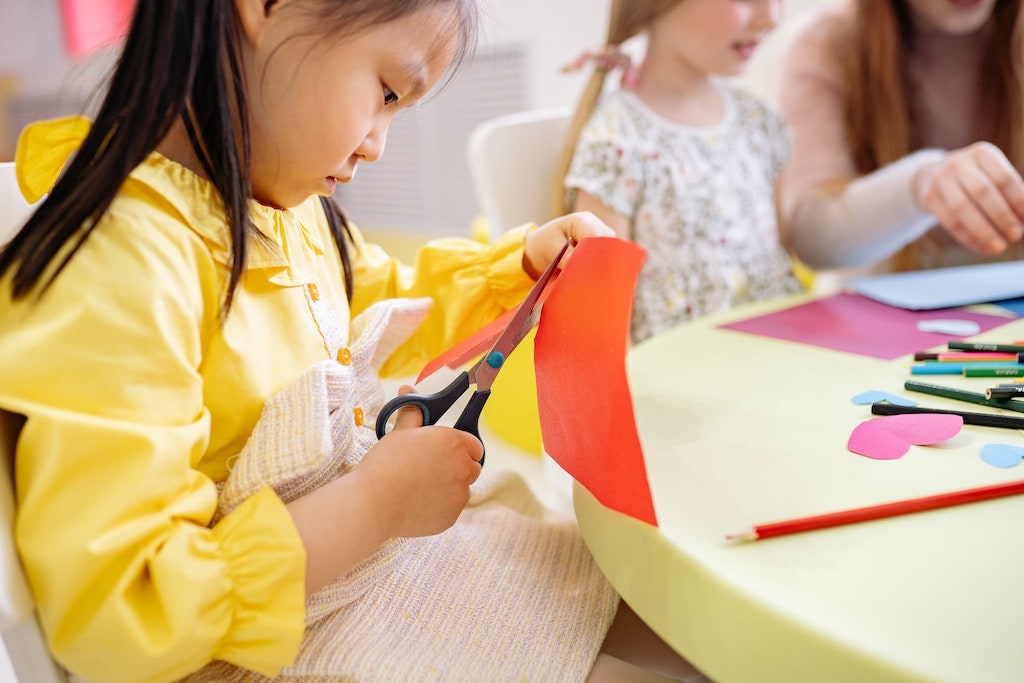
Symbolic Meanings of Artwork
Analyze the child's artwork to uncover the symbolic meanings embedded within. Symbolic interpretation is a crucial aspect of art therapy, as it allows us to understand the child's inner thoughts, emotions, and experiences. By delving into the visual storytelling of the artwork, we can gain valuable insights into the child's world.
Here are three key points to consider when interpreting the symbolic meanings of a child's artwork:
Imagery: Pay attention to the objects, colors, and shapes used in the artwork. These elements often carry deeper meanings and can represent the child's feelings or experiences.
Composition: Analyze the composition of the artwork, including the placement and arrangement of elements. This can provide clues about the child's sense of order, control, or chaos.
Context: Consider the context in which the artwork was created. Was it done in a therapeutic setting or at home? The environment can influence the child's expression and the symbolic messages conveyed.
Emotional Expression Through Art
The child's artwork provides a window into their emotional expression and can be interpreted to gain insight into their inner world. Artistic exploration allows children to express their emotions in a safe and non-verbal way. As art therapists, it is our role to facilitate this therapeutic process by creating a supportive and non-judgmental environment.
When interpreting the child's artwork, it is important to approach it with empathy and knowledge of developmental stages and artistic techniques. By observing the colors, lines, and symbols used, we can gain valuable information about the child's emotional state and experiences. It is crucial to remember that each child's artwork is unique and subjective, and therefore, interpretation should be done in collaboration with the child.
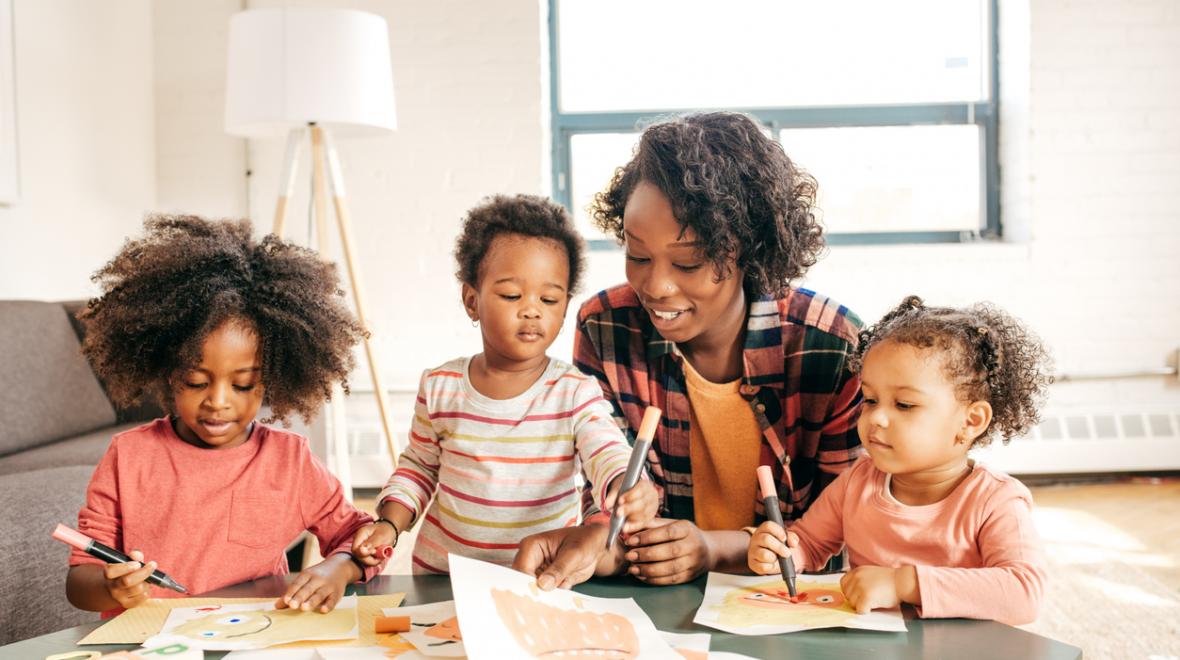
Through art therapy, children can find freedom and healing in expressing their emotions and experiences.
Therapist's Role in Interpretation
The therapist plays an active role in understanding and interpreting the child's artwork. From the therapist's perspective, interpreting the child's artwork is a crucial part of the therapeutic process. Through careful observation and analysis, the therapist gains valuable insights into the child's thoughts, emotions, and experiences.
Here are three therapeutic techniques that the therapist may use to interpret the child's artwork:
Symbolism: The therapist looks for symbols or metaphors within the artwork that may represent the child's inner world. These symbols can provide clues about the child's fears, desires, and conflicts.
Color and Texture: The therapist pays attention to the colors and textures used by the child. Different colors may evoke specific emotions, while the texture of the artwork may reflect the child's sensory experiences.
Narrative: The therapist encourages the child to share the story behind their artwork. By listening attentively and asking open-ended questions, the therapist gains a deeper understanding of the child's thoughts and feelings.
Maintaining Effective Communication With the Child
Establishing open and trustful communication with the child is crucial for effective implementation of art therapy techniques. In order to create a safe and supportive environment, it is important for the therapist to practice effective listening and build rapport with the child.
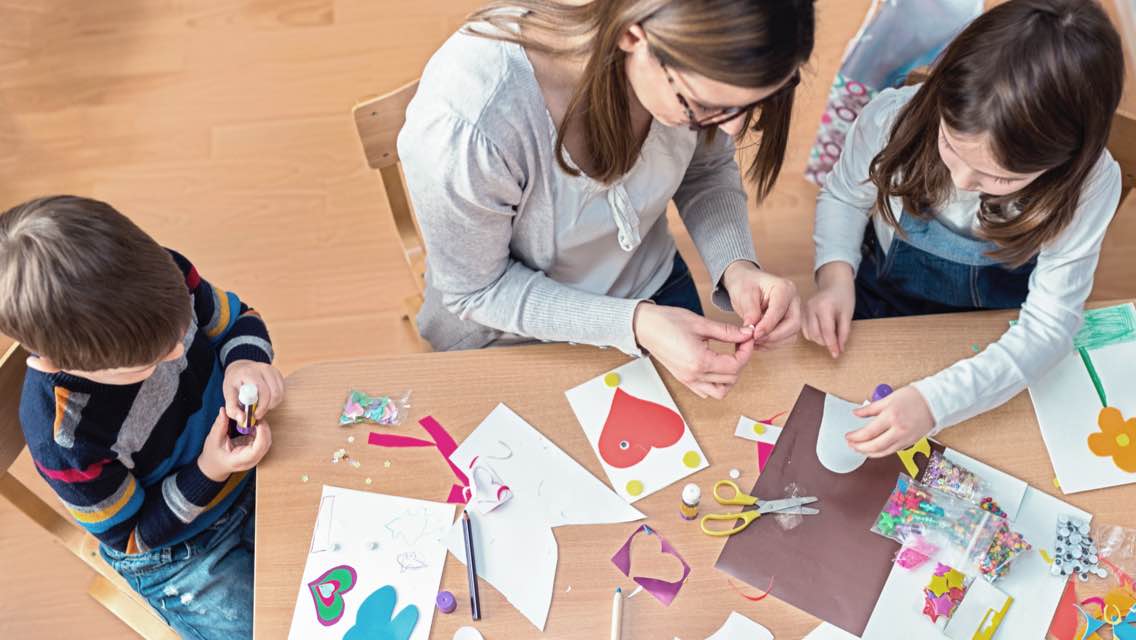
Effective listening involves being fully present and attentive, allowing the child to express themselves without interruption or judgment. Building rapport involves establishing a positive and trusting relationship with the child, which can be achieved through empathy, understanding, and respect.
By actively listening and building rapport, the therapist can gain insight into the child's thoughts, feelings, and experiences, enabling them to tailor their art therapy interventions accordingly.
This communication is essential for the child to feel heard, understood, and empowered, ultimately leading to a more successful art therapy experience.
Respecting Confidentiality in Art Therapy
Respecting confidentiality is a crucial aspect of art therapy when working with children. It is essential to establish ethical boundaries to ensure the child feels safe and comfortable sharing their thoughts and emotions through their artwork.
Trust and client privacy are fundamental in maintaining the therapeutic relationship and fostering a supportive environment for the child's healing process.
Ethical Boundaries in Confidentiality
Maintaining confidentiality is a crucial aspect of ethical practice in art therapy for children. Respecting the privacy and trust of young clients is essential for creating a safe therapeutic environment. Here are three reasons why confidentiality is important in art therapy:
Trust: Respecting confidentiality builds trust between the child and the art therapist. When children feel confident that their artwork and personal information will be kept private, they are more likely to open up and express themselves honestly.
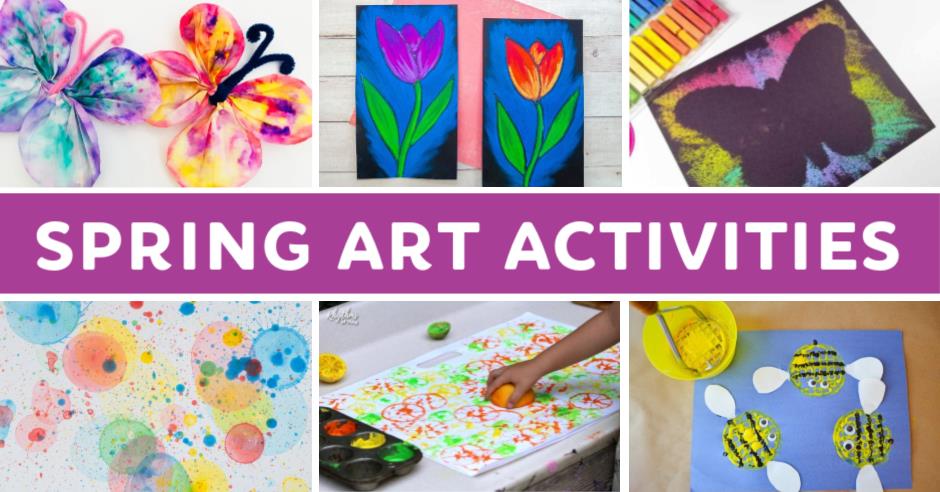
Safety: Confidentiality ensures the emotional and physical safety of the child. By respecting their privacy, art therapists create a space where children can explore their thoughts, feelings, and experiences without fear of judgment or repercussions.
Autonomy: Respecting confidentiality honors the child's right to control their own personal information. It empowers them to disclose or withhold information as they see fit, promoting their autonomy and freedom to express themselves in a way that feels comfortable to them.
Trust and Client Privacy
Ensuring client privacy and fostering trust are essential components of ethical art therapy practice for children.
Art therapy sessions create a safe and confidential space for children to express themselves. Building trust with clients is crucial to establishing a therapeutic relationship, as it allows children to feel comfortable and open up about their thoughts and emotions.
Art therapists must prioritize the confidentiality of their clients, assuring them that their artwork and personal information will be kept private. Privacy concerns can arise when working with children, especially when involving sensitive or traumatic experiences. Art therapists must handle these situations with care, ensuring that any information shared during sessions remains confidential.
Integrating Music Into Art Therapy Sessions
One key technique to enhance art therapy sessions for children is by incorporating music in a structured and purposeful manner. Music has the power to evoke emotions, create a sense of calm, and facilitate self-expression. Here are three ways to integrate music into art therapy sessions for children:
Incorporating movement: Encourage children to move their bodies freely in response to the music. This can help them release tension, express their emotions, and enhance their overall engagement in the art-making process.
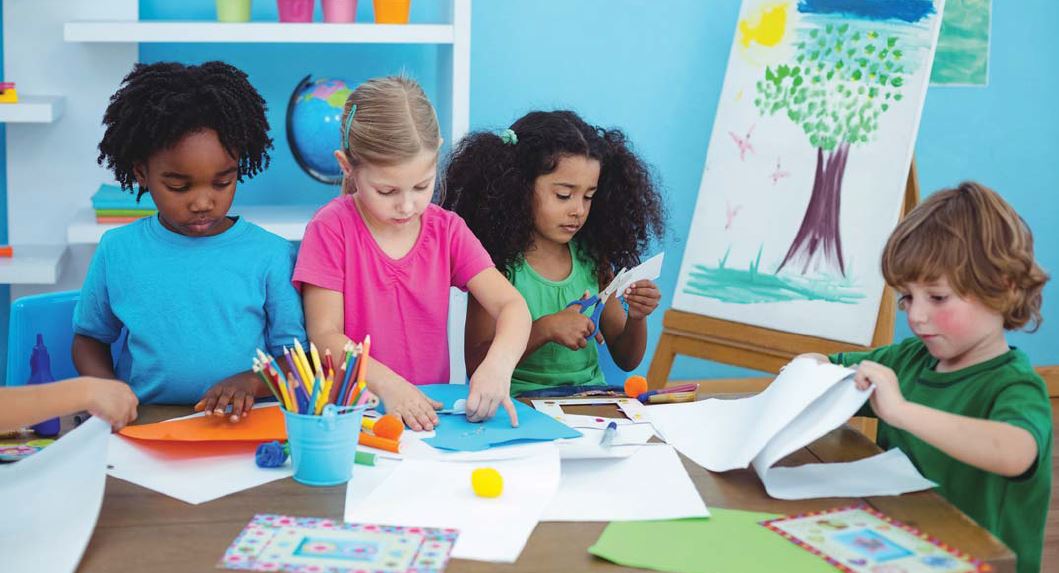
Using storytelling techniques: Select music that tells a story or has a narrative quality. Ask children to create artwork based on the emotions or images that the music evokes for them. This can help them explore their own narratives, process their experiences, and find meaning in their art.
Creating a multisensory experience: Combine music with other sensory elements like scents or tactile materials. This can stimulate different senses and deepen the children's connection to their art-making process.
Exploring Art and Outdoor Activities for Therapy
When it comes to art therapy for children, exploring art and outdoor activities can be incredibly beneficial.
Nature has a healing power that can enhance the therapeutic process, providing a calming and grounding environment for children to express themselves creatively.
Nature's Healing Power
The incorporation of nature-based activities and artistic expression has been shown to have a profound healing effect on children undergoing art therapy. By combining the therapeutic benefits of both nature and art, children are given a unique opportunity to explore their emotions, express themselves freely, and find solace in the natural world.
Here are three ways in which nature's healing power can enhance art therapy for children:
Outdoor art sessions: Taking art therapy sessions outdoors allows children to connect with nature while engaging in creative expression. This can create a sense of freedom and exploration, providing a calming and nurturing environment for healing.
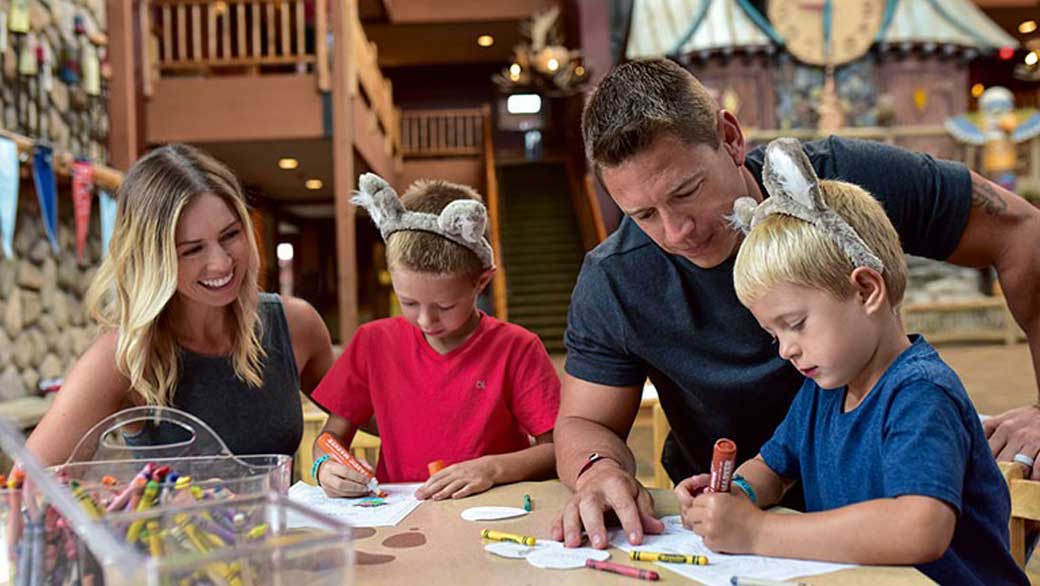
Nature-inspired art projects: Encouraging children to create art inspired by nature can help them feel connected to the world around them. This can foster a sense of peace, tranquility, and harmony, promoting emotional well-being.
Nature walks and mindfulness exercises: Incorporating nature walks and mindfulness exercises during art therapy sessions can help children develop a deeper connection with nature. This can promote relaxation, reduce stress and anxiety, and enhance the overall therapeutic experience.
Art Therapy Benefits
To maximize the therapeutic benefits of art therapy for children, it is essential to explore art and incorporate outdoor activities into the treatment process. Numerous studies in art therapy research have shown that engaging in artistic expression can have a profound impact on a child's emotional well-being and overall development.
Art therapy techniques provide a safe and non-verbal way for children to express their thoughts, feelings, and experiences. By incorporating outdoor activities into art therapy sessions, children have the opportunity to connect with nature and experience the healing power of the environment.
Outdoor activities such as painting in a park or creating sculptures with natural materials can enhance the therapeutic process by providing a sense of freedom, exploration, and connection to the natural world. Integrating art and outdoor activities into therapy allows children to tap into their creativity, engage their senses, and find solace in the beauty of nature.
Creative Outdoor Expressions
Exploring art and engaging in outdoor activities can foster creative expressions in therapy sessions for children. Incorporating outdoor elements into art therapy can provide a sense of freedom and connection with nature, enhancing the therapeutic experience.
Here are three ways to incorporate creative outdoor expressions in therapy sessions:
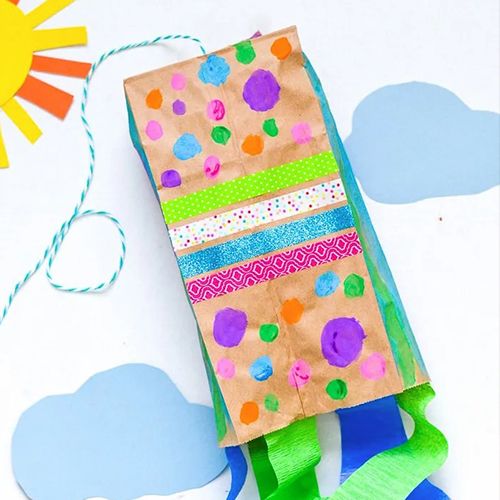
Outdoor Art Installations: Encourage children to create art that can be displayed outdoors, such as sculptures or murals. This allows them to interact with their creations in a natural setting, promoting a sense of ownership and pride.
Nature Inspired Crafts: Use natural materials like leaves, flowers, and rocks to create crafts. This not only encourages creativity but also helps children connect with the beauty of the natural world, promoting a sense of calmness and grounding.
Sensory Exploration: Take therapy sessions outside and engage children in sensory activities like painting with natural objects or creating nature-inspired collages. This allows them to fully immerse themselves in the sensory experience, fostering self-expression and emotional exploration.
Implementing Effective Follow-Up Activities After Art Therapy Sessions
After each art therapy session, it is important for therapists to implement effective follow-up activities that reinforce the therapeutic progress made by children. These activities serve as a bridge between the sessions and help in measuring therapy progress.
One effective follow-up activity is engaging the child in reflecting on their artwork and discussing their feelings and emotions associated with it. This allows the child to further explore their thoughts and experiences, deepening their understanding of themselves and their progress.
Additionally, providing the child with a safe space to express themselves through art at home can encourage continued healing and growth. This can be achieved by offering art supplies and suggesting art exercises or prompts that relate to the themes explored in therapy.
Frequently Asked Questions
How Can Art Therapy Benefit Children With Behavioral Issues?
Art therapy can benefit children with behavioral issues by providing a creative outlet for self-expression, promoting emotional regulation, enhancing communication skills, and fostering a sense of empowerment and control. Through various art therapy techniques, such as drawing, painting, and sculpting, children can explore their emotions and experiences in a safe and supportive environment.
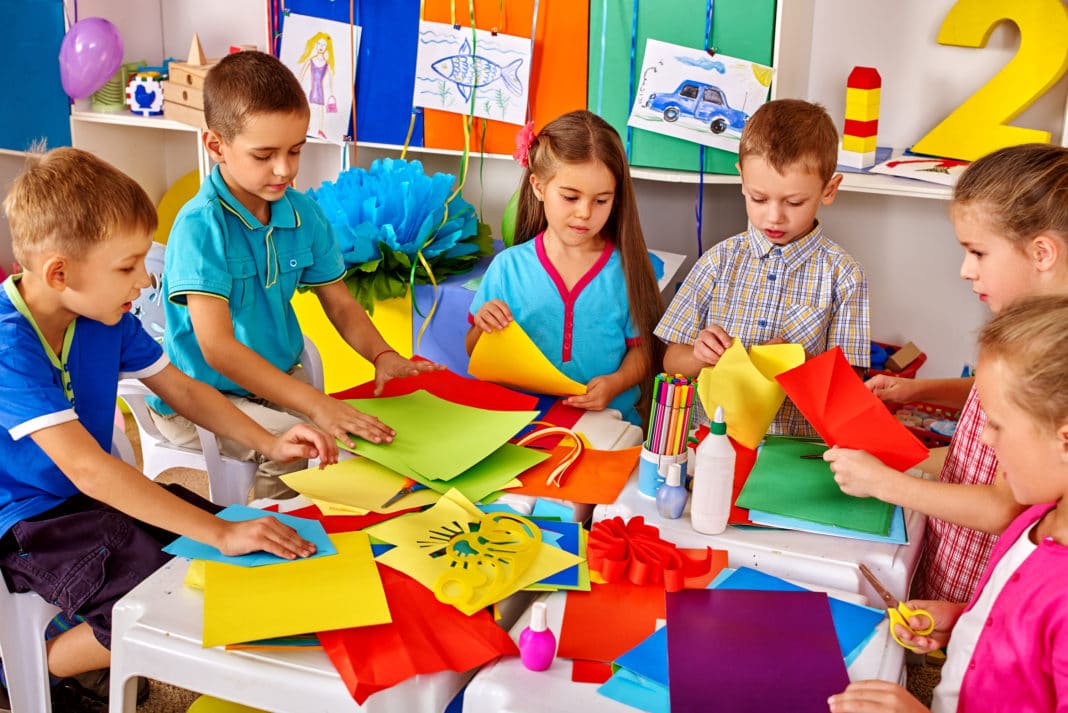
Are There Any Specific Art Materials That Should Be Avoided in Art Therapy Sessions With Children?
When implementing art therapy for children, it is important to consider the art materials used. Some materials, such as toxic paints or sharp objects, should be avoided to ensure the safety and well-being of the child.
What Are Some Signs That a Child May Be Experiencing Emotional Healing Through Art Therapy?
Some indicators that a child may be experiencing emotional healing through art therapy include increased self-expression, improved communication skills, enhanced self-esteem, and decreased anxiety or stress levels. Art therapy benefits children by providing a safe and creative outlet for processing emotions.
How Can Art Therapy Be Integrated Into a Child's School Curriculum?
Integrating art therapy into a child's school curriculum involves creating collaboration opportunities between art therapists and teachers, providing training and support for teachers, and designing a curriculum that allows for the freedom of expression through art.
Are There Any Specific Considerations for Conducting Art Therapy Sessions With Children From Diverse Cultural Backgrounds?
When conducting art therapy sessions with children from diverse cultural backgrounds, it is crucial to maintain cultural sensitivity and adapt techniques accordingly. Understanding their unique cultural perspectives can help create a safe and inclusive environment for effective art therapy interventions.
 Kids Art ProjectsParty PlanningPaper CraftsOrigami for KidsPrivacy PolicyTerms And Conditions
Kids Art ProjectsParty PlanningPaper CraftsOrigami for KidsPrivacy PolicyTerms And Conditions
